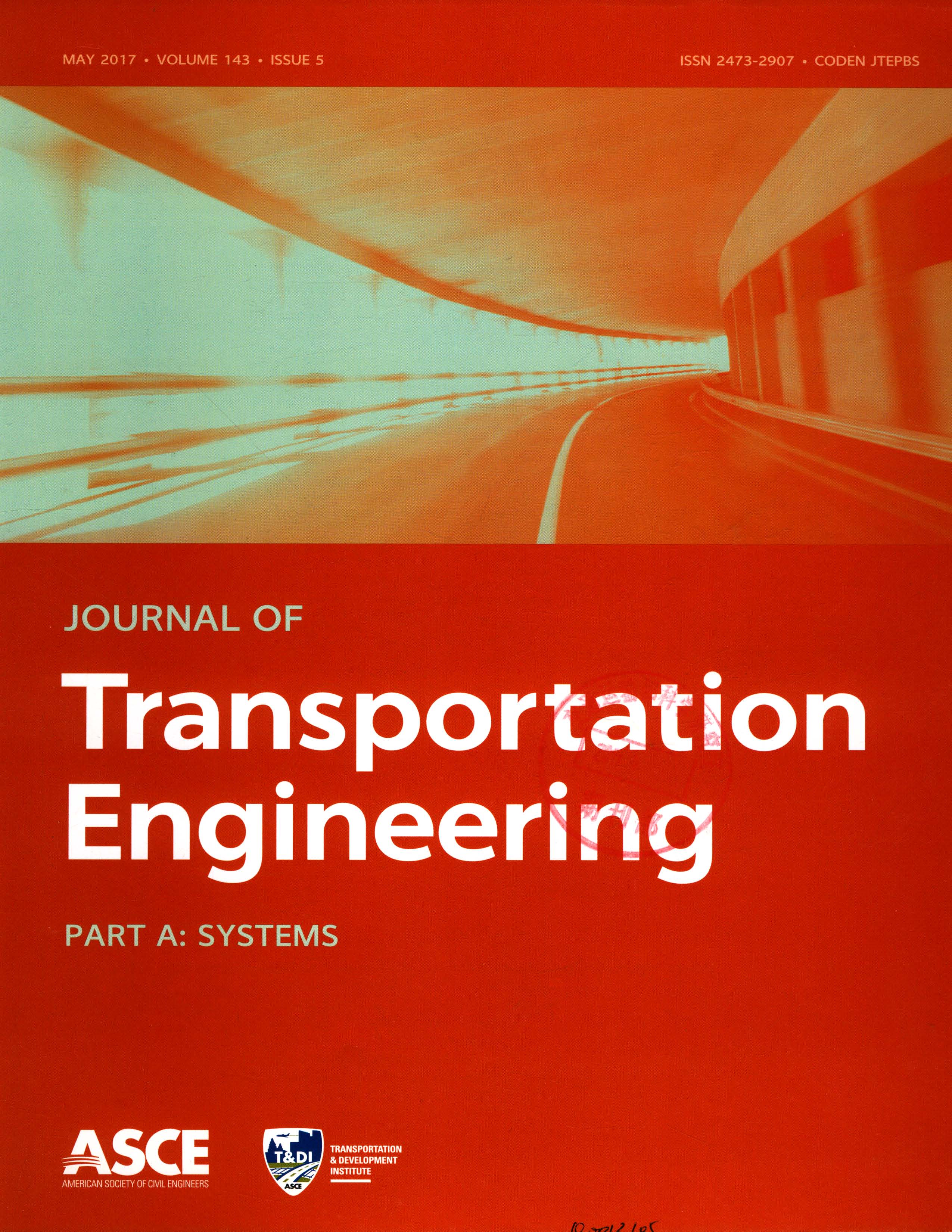[国外交通期刊数据库]
作者:Sooksan Panichpapiboon
摘要:Traffic flow modeling is one of the fundamental keys to solving a traffic engineering problem. Among many parameters, time headway is frequently used to model traffic flow characteristics. A statistical analysis of time headways is immensely important to both theoretical traffic modeling and simulation-based traffic modeling. Basically, it allows researchers to describe an inherently random pattern of traffic flows. Past studies have mainly focused on the time headways of vehicles on highways, freeways, and arterials. However, studies of time headways on urban expressways are rather limited and still need further investigation. In this paper, the author investigates and characterizes the time-headway distributions of vehicles traveling on an urban expressway in Bangkok, Thailand. Particularly, the exponential distribution, the lognormal distribution, and the generalized extreme value (GEV) distribution are used to model the time headways. It is found that the GEV distribution is most effective in modeling time headways. In fact, the GEV distribution can describe more than 90% of the empirical distributions on most lanes and sections of the expressway. On the other hand, the exponential distribution is the least effective distribution. It can only describe the empirical distributions during the periods when the traffic is extremely light.




